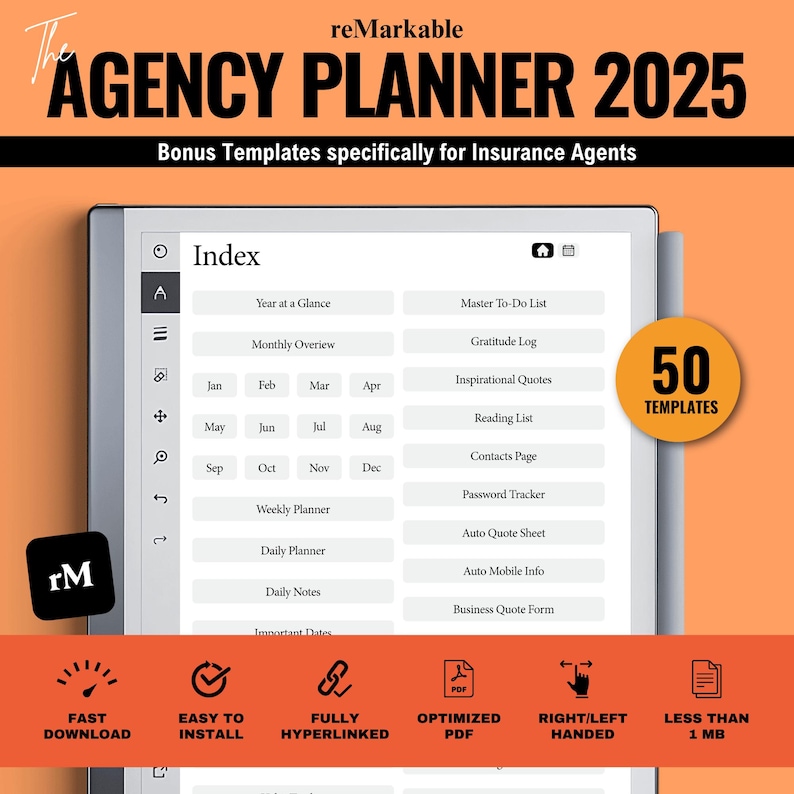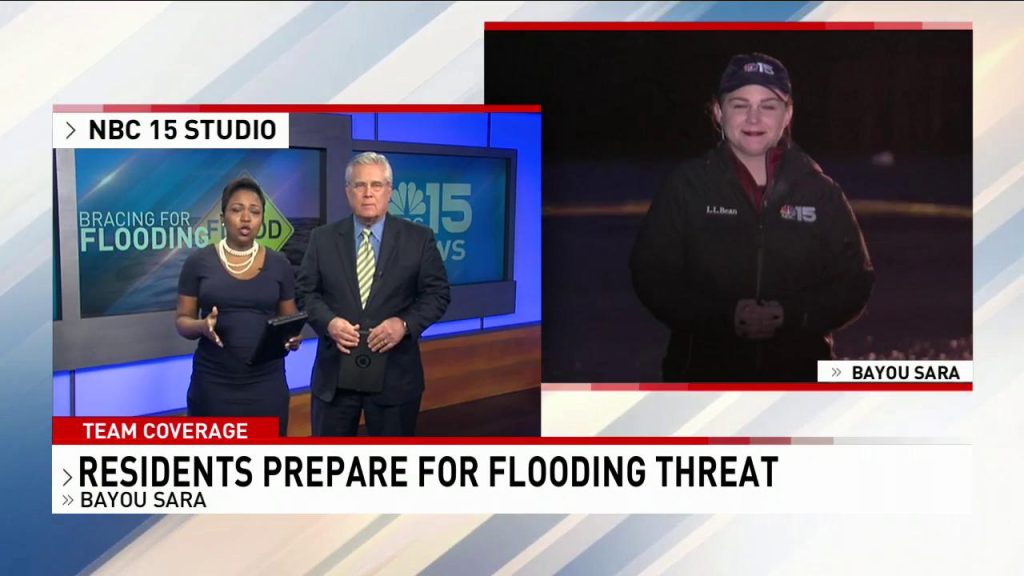As climate patterns shift and weather events grow increasingly unpredictable, communities across the country are facing new challenges in disaster preparedness. For residents of Saraland, Alabama, flooding has become a pressing concern that demands proactive planning and coordinated action. In this article, we’ll explore the local community plans Saraland has put in place to prepare for floods, safeguard lives, and protect property. Whether you’re a longtime resident or new to the area, understanding these strategies is essential for staying safe and resilient in the face of rising waters.
Table of Contents
- Understanding Saraland’s Flood Risk Landscape and Historical Impact
- Community Engagement and Education for Effective Flood Preparedness
- Infrastructure Enhancements and Emergency Response Strategies
- Practical Steps Residents Can Take to Protect Homes and Property
- Closing Remarks
Understanding Saraland’s Flood Risk Landscape and Historical Impact
Saraland’s geographical positioning near the Mobile River Delta and its low-lying terrains significantly increase its susceptibility to flooding, especially during the intense rainfall brought by tropical storms and hurricanes. The city’s proximity to multiple waterways means that even moderate heavy rain can lead to rapid water accumulation, posing threats to both residential neighborhoods and critical infrastructure. Historically, Saraland has faced several notable flood events, with the 2014 flood standing out as one of the most devastating in recent memory—causing widespread displacement, property damage, and disruptions to local services.
Understanding the community’s flood risk requires acknowledging a few key factors that exacerbate the situation:
- Urban Development: Increasing construction and paving reduce natural water absorption, intensifying runoff.
- Drainage Limitations: Aging drainage systems struggle to cope with modern stormwater volumes.
- Climate Change: Rising sea levels and unpredictable weather patterns lead to more frequent and severe flooding events.
This combination of natural and human factors creates a complex flood risk landscape that demands tailored, proactive community planning and resilient infrastructure to mitigate future impacts.
Community Engagement and Education for Effective Flood Preparedness
Local authorities in Saraland have adopted a proactive approach to flood preparedness by fostering strong community engagement and investing heavily in education programs. These initiatives ensure residents are not only informed about the risks but also equipped with practical skills to respond effectively during emergencies. Workshops, simulation drills, and neighborhood meetings are regularly held to review evacuation routes, safe zones, and emergency communication protocols. By encouraging active participation, the community builds resilience, creating a collective safety net that significantly reduces vulnerabilities when floodwaters rise.
Key components of these educational efforts include:
- Distribution of multilingual flood safety guides to ensure accessibility for all residents
- Collaborations with local schools to incorporate flood awareness into the student curriculum
- Community-led neighborhood watch programs focused on early warning and rapid response
- Engagement of vulnerable populations through tailored support and resources
By combining education with active community involvement, Saraland is setting a standard for how small cities can safeguard their citizens and infrastructure against the escalating threats posed by floods.
Infrastructure Enhancements and Emergency Response Strategies
Investments in infrastructure upgrades across Saraland have become a cornerstone of the city’s flood preparedness initiatives. The local government has prioritized the enhancement of drainage systems, reinforcing levees, and upgrading stormwater management facilities to mitigate the impact of heavy rains. These improvements are designed not only to reduce immediate flood risk but also to bolster long-term resilience against increasingly severe weather patterns linked to climate change. Key projects include:
- Installation of advanced pump stations to accelerate water removal from vulnerable neighborhoods.
- Expansion of retention basins and green infrastructure that absorb and slow runoff.
- Regular maintenance and clearing of canals and culverts to prevent blockages during storm events.
Emergency response strategies have been meticulously developed to ensure swift and coordinated action when flood warnings are issued. Saraland’s emergency operations center works hand-in-hand with local fire, police, and medical teams to execute evacuation plans efficiently and maintain clear communication with residents. Public safety messages are delivered through multiple channels, including SMS alerts, social media, and community sirens, ensuring that no resident is left uninformed. Critical to these efforts are:
- Designated evacuation routes that are regularly reviewed and clearly marked for quick access.
- Community training programs that educate residents on flood risks and necessary safety measures.
- Partnerships with neighboring municipalities and agencies to share resources and expertise during major flood events.
Practical Steps Residents Can Take to Protect Homes and Property
Protecting your home from flood damage starts with small but essential actions. First, elevate critical utilities such as electrical panels, heating systems, and water heaters above potential flood levels. Installing check valves in plumbing systems can prevent floodwaters from backing up into your drains. Additionally, sealing cracks in your foundation and walls can significantly reduce water infiltration. Regularly clearing gutters and storm drains ensures that water has a clear path, minimizing the risk of pooling around your property.
Creating a landscape that naturally directs water away from your home is a smart flood defense strategy. Consider grading your yard to slope away from the foundation and use flood-resistant plants to absorb excess water. Keeping sandbags ready for deployment around entry points can offer immediate protection in a rising water event. Lastly, always have a well-practiced evacuation plan and important documents stored in waterproof containers. Taking these practical steps together helps safeguard your property and brings peace of mind when flood warnings arise.
Closing Remarks
As Saraland continues to grow and face the unpredictable challenges of severe weather, proactive flood preparedness remains essential for safeguarding lives and property. The city’s local community plans demonstrate a strong commitment to resilience through strategic infrastructure improvements, public education, and coordinated emergency response efforts. While no plan can eliminate the risks entirely, staying informed, engaged, and ready can make all the difference when floods threaten. For residents and businesses alike, embracing these measures isn’t just about protection—it’s about preserving the spirit and future of Saraland in the face of nature’s tests. Stay vigilant, stay prepared, and together, we can weather any storm.






